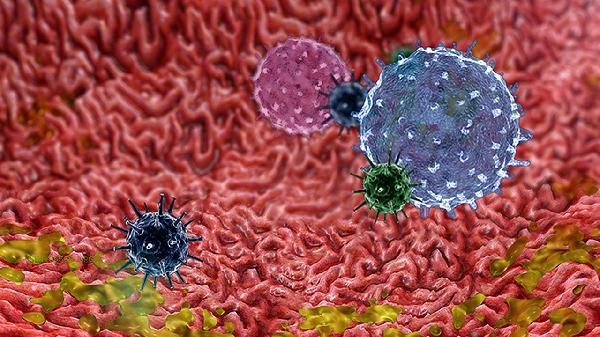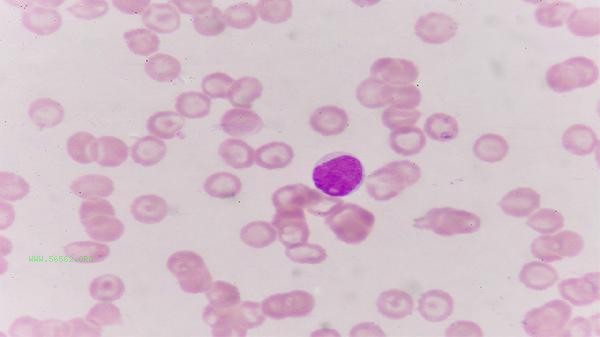The percentage of eosinophils is 1.3%, which is within the normal range. Eosinophils are a type of white blood cell, with a normal percentage typically between 0-1.5%. Actual values may be affected by factors such as allergic reactions, chronic inflammation, myeloproliferative disorders, drug effects, or laboratory errors.

1. Allergic reactions:
Allergic diseases such as hay fever, urticaria, etc. may stimulate mild elevation of eosinophils. This type of situation is usually accompanied by symptoms such as itching and sneezing, and the cause can be determined through allergen testing. If necessary, antihistamines can be used to control the symptoms.
2. Chronic inflammation:
Chronic inflammatory diseases such as rheumatoid arthritis and ulcerative colitis may cause fluctuations in the proportion of eosinophils. This type of disease is often accompanied by typical symptoms such as joint swelling and diarrhea, and requires further diagnosis through blood tests and imaging. 3. Abnormal bone marrow proliferation: Hematological diseases such as polycythemia vera and chronic myeloid leukemia may cause abnormal proliferation of eosinophils. This type of disease is usually accompanied by symptoms such as fatigue and splenomegaly, and requires diagnosis through bone marrow aspiration and genetic testing.
4. Drug factors:

Corticosteroids, interferons, and other drugs may temporarily affect eosinophil counts. If there is a recent history of medication, it is recommended to have a blood routine check after discontinuing the medication to avoid drug interference with the test results.
5. Detection error:
Differences in blood collection time, specimen storage conditions, or instrument calibration may result in slight deviations in the detection results. It is recommended to re-examine under the same conditions or make a comprehensive judgment based on the absolute value of eosinophils. Maintaining a regular schedule and balanced diet can help maintain immune system stability. It is recommended to consume citrus fruits and dark vegetables rich in vitamin C daily, and engage in 3-5 moderate intensity exercises per week. Avoid contact with known allergens, and chronic disease patients should regularly monitor their blood routine. If the percentage of eosinophils continues to exceed 2% or is accompanied by symptoms such as weight loss and fever, it is necessary to promptly seek medical attention at the hematology department to investigate pathological factors.









Comments (0)
Leave a Comment
No comments yet
Be the first to share your thoughts!